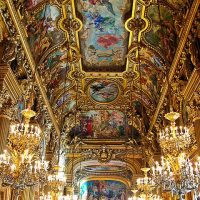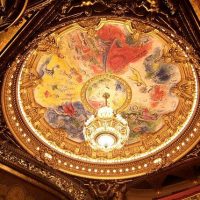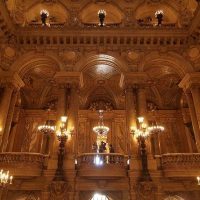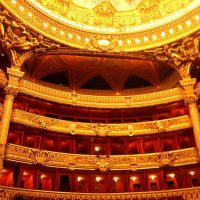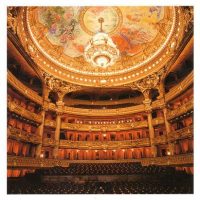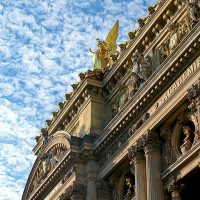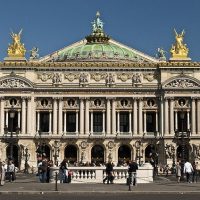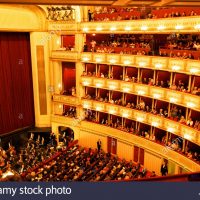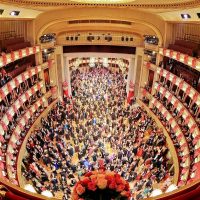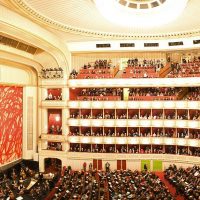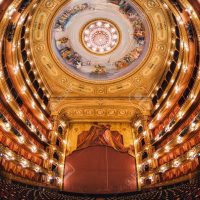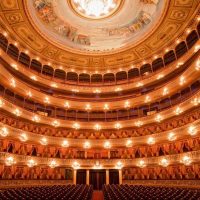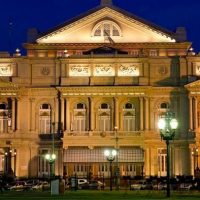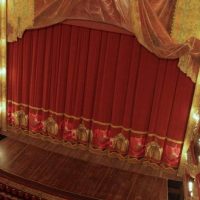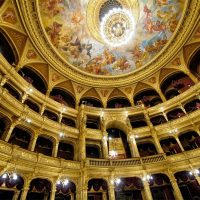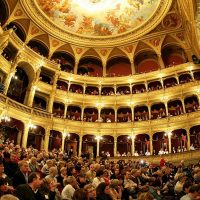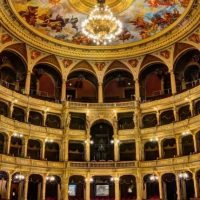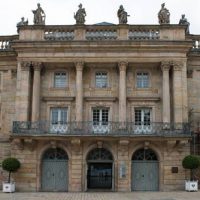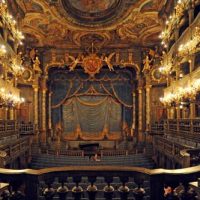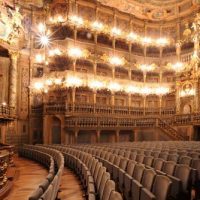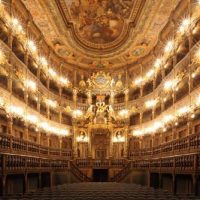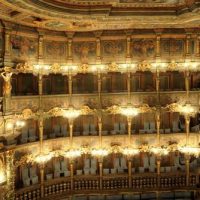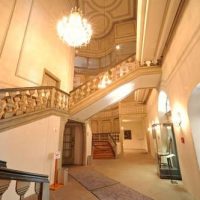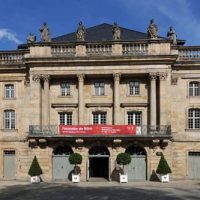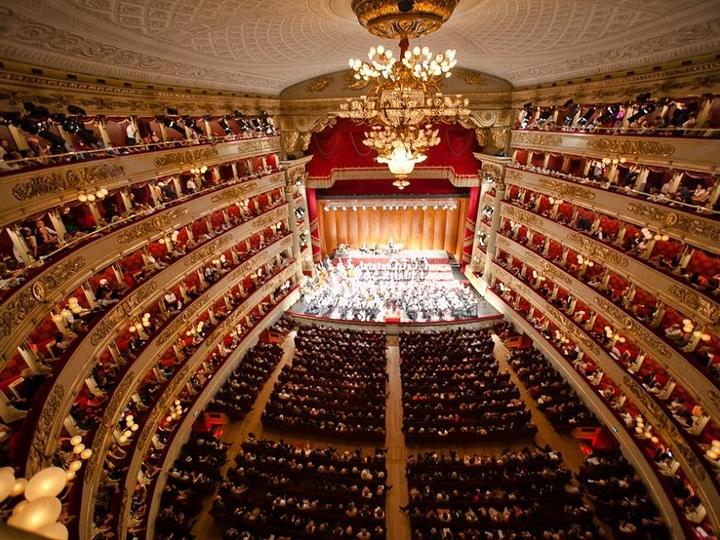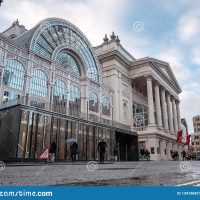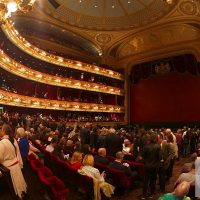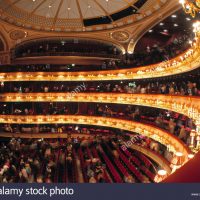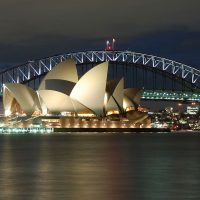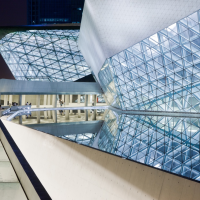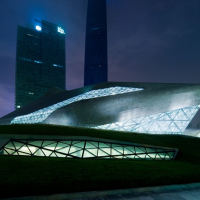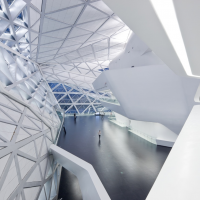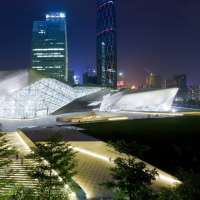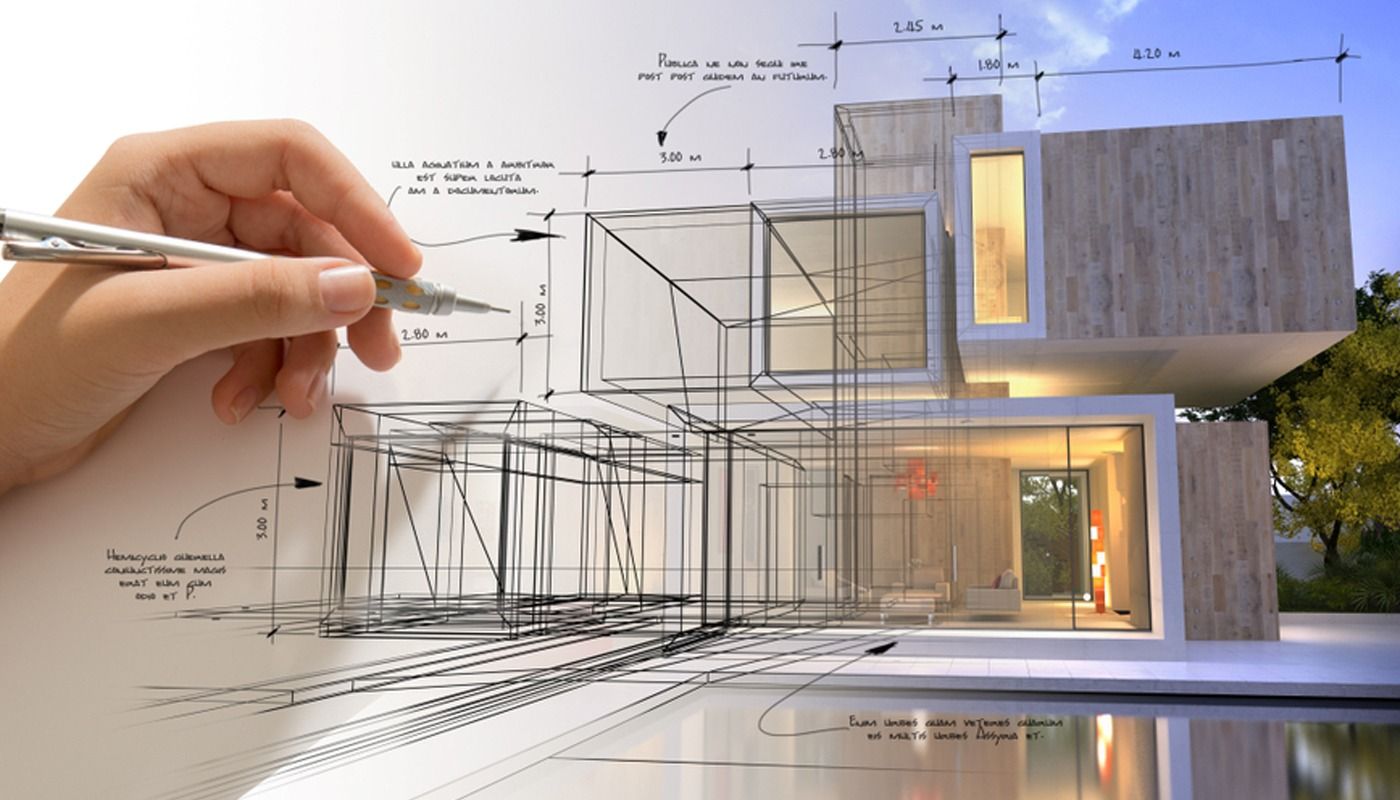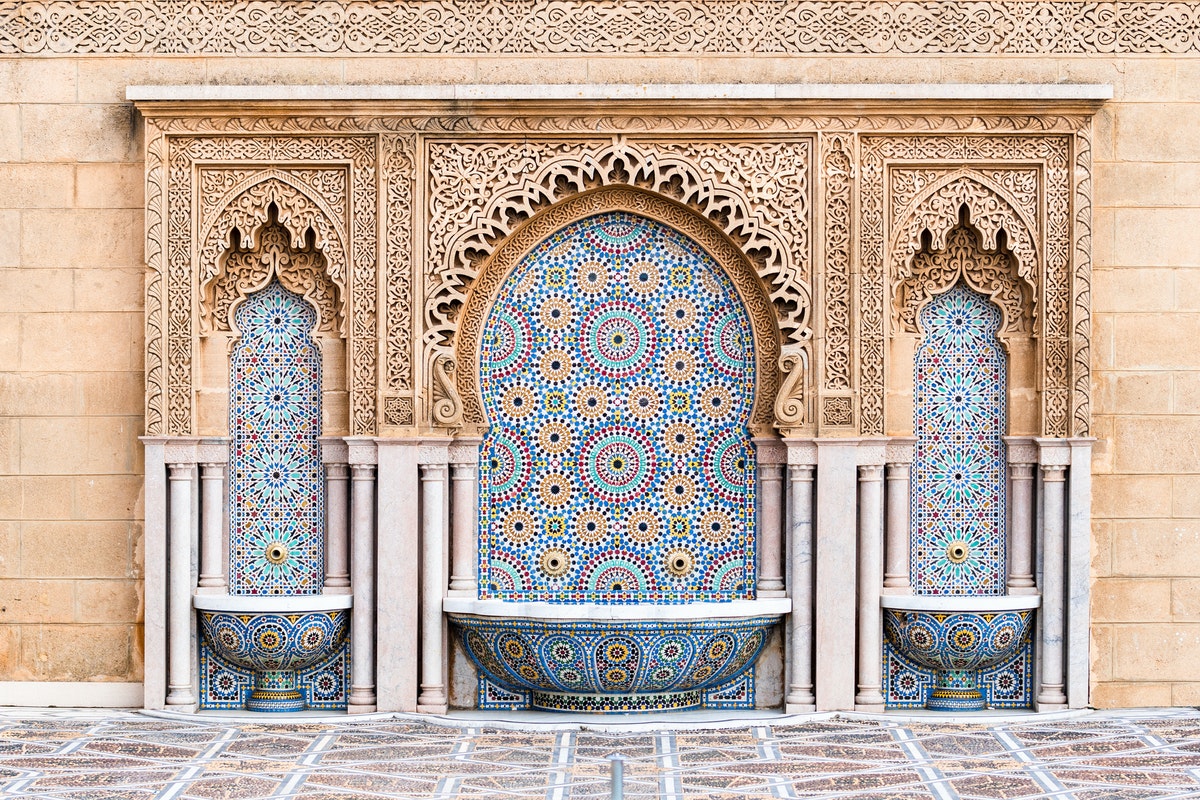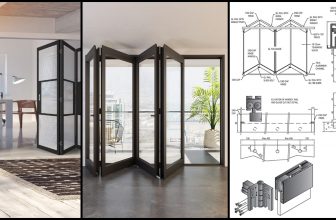An Opera House is usually meant to be a landmark, wherever it lies. It is designed to reflect the greatness and cultural values of its homeland. It is a source of pride to local citizens and an attraction to tourists. While the exterior design of an Opera House is what highlights it as a landmark for a city or a town, the interior is, actually, what matters the most to the visitor.
A well-designed interior, technically speaking, enhances the visitor’s experience by all means, but add to that some aesthetic pleasure and you would give it a whole new meaning – there are some basic rules for designing a good theatre. The spirit of the place intertwines with sounds to transcend the listener into a place out of this world. These ten Opera Houses, we will be listing here, are capable of providing their visitors with such a magical experience.
List of 10 Opera House from Around the World
1. Palais Garnier – Paris, France
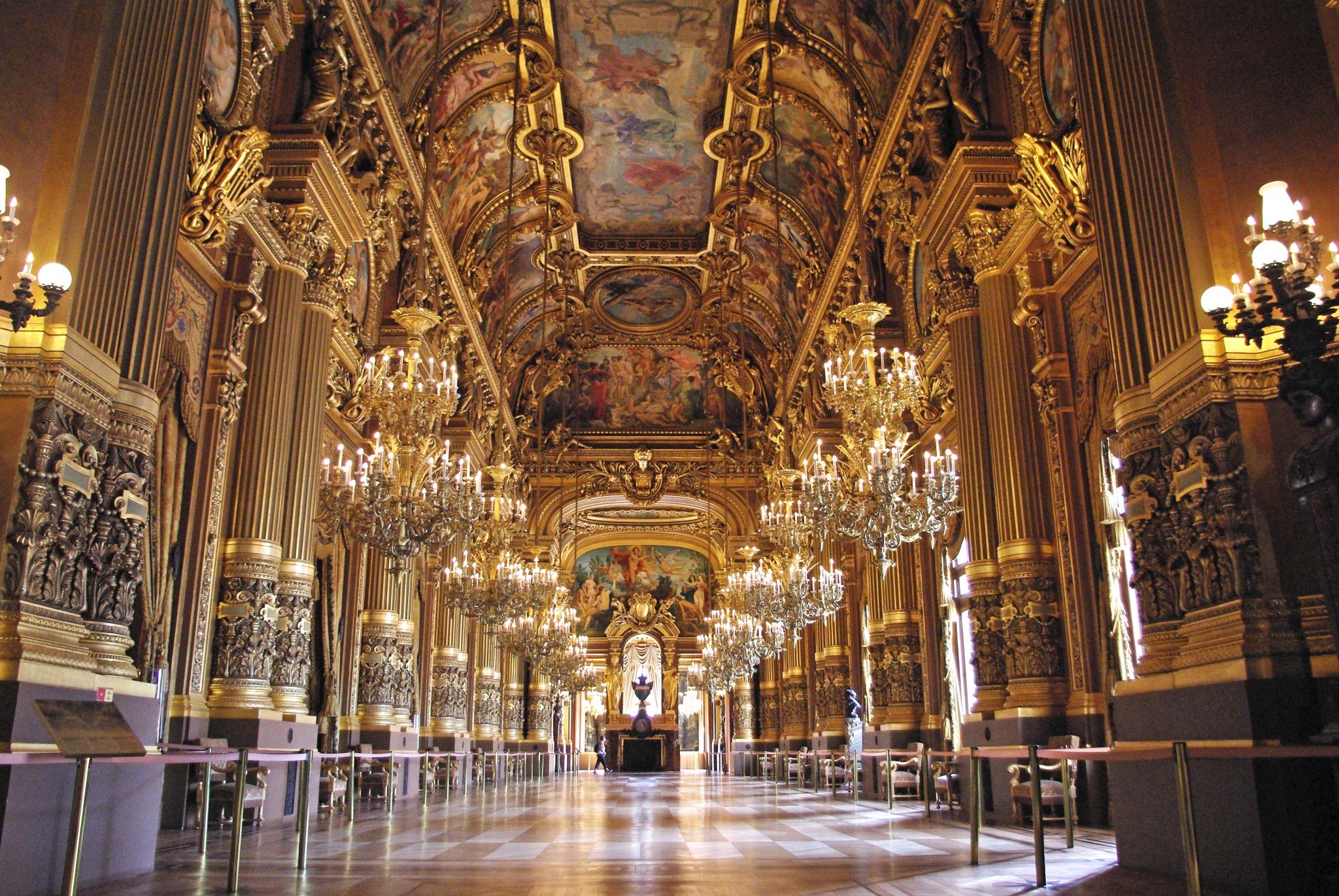
Inside Palais Garnier: the Grand Foyer © French Moments
The remarkable neo-baroque Opera House in Paris has one of the fanciest and interiors that can ever be seen, with all the golden ornaments, pastel-colored ceiling art, and grand stairs. It was designed by French architect Charles Garnier. It opened in 1875, with a capacity of 1,900 seats.
- photography by© wikimedia commons
- photography by© wikimedia commons
- photography by© wikimedia commons
- photography by© wikimedia commons
- photography by© wikimedia commons
- photography by© wikimedia commons
- photography by© wikimedia commons
2. Metropolitan Opera House – New York, USA
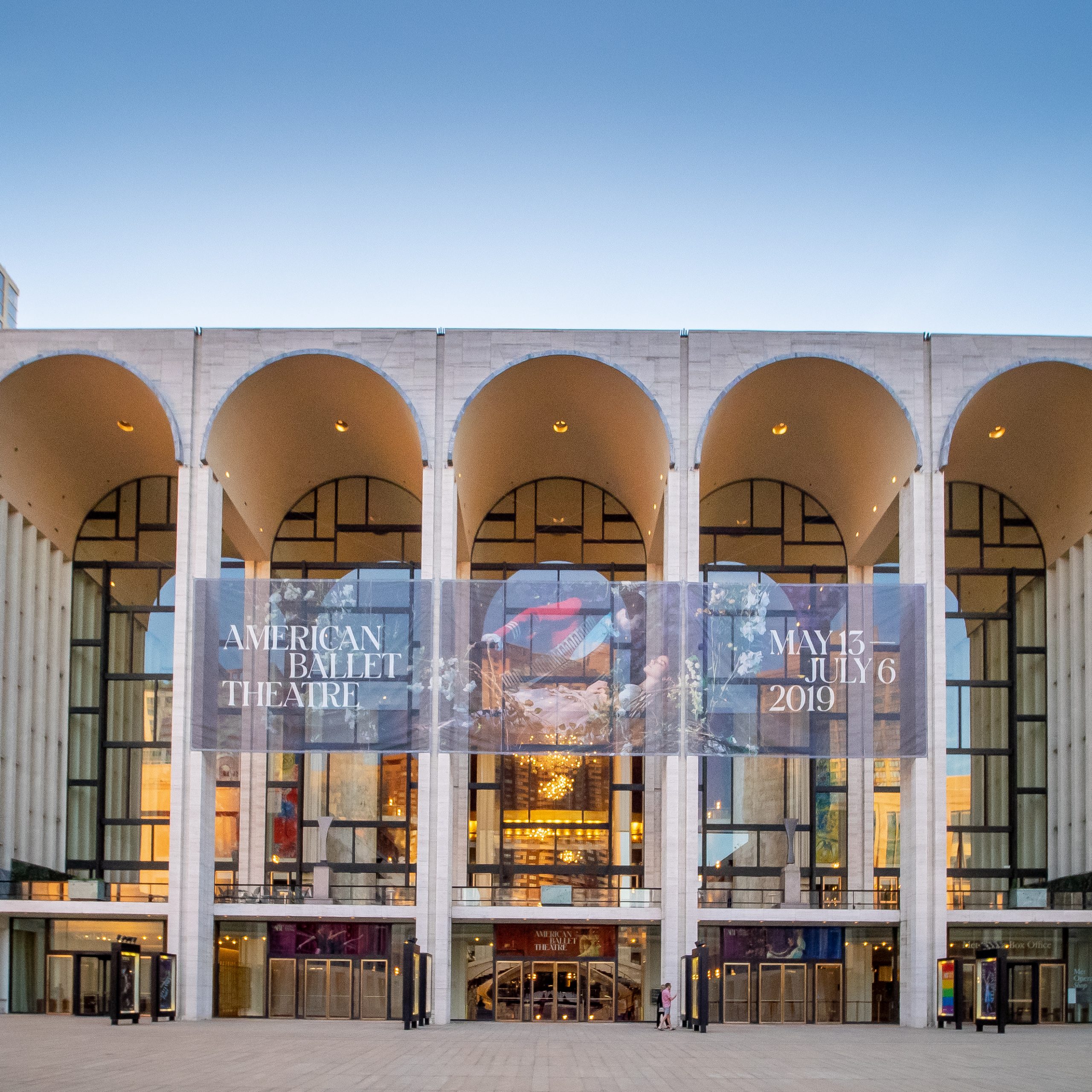
Courtesy of Wikipedia
The Modern Opera House belongs to the Lincoln Center of Performing Arts in Manhattan. It was designed by Wallace K. Harrison and built between 1963 and 1966. It is capable of hosting up to 3,800 guests, making it the largest in the world, regarding capacity.
3. Vienna State Opera – Vienna, Austria
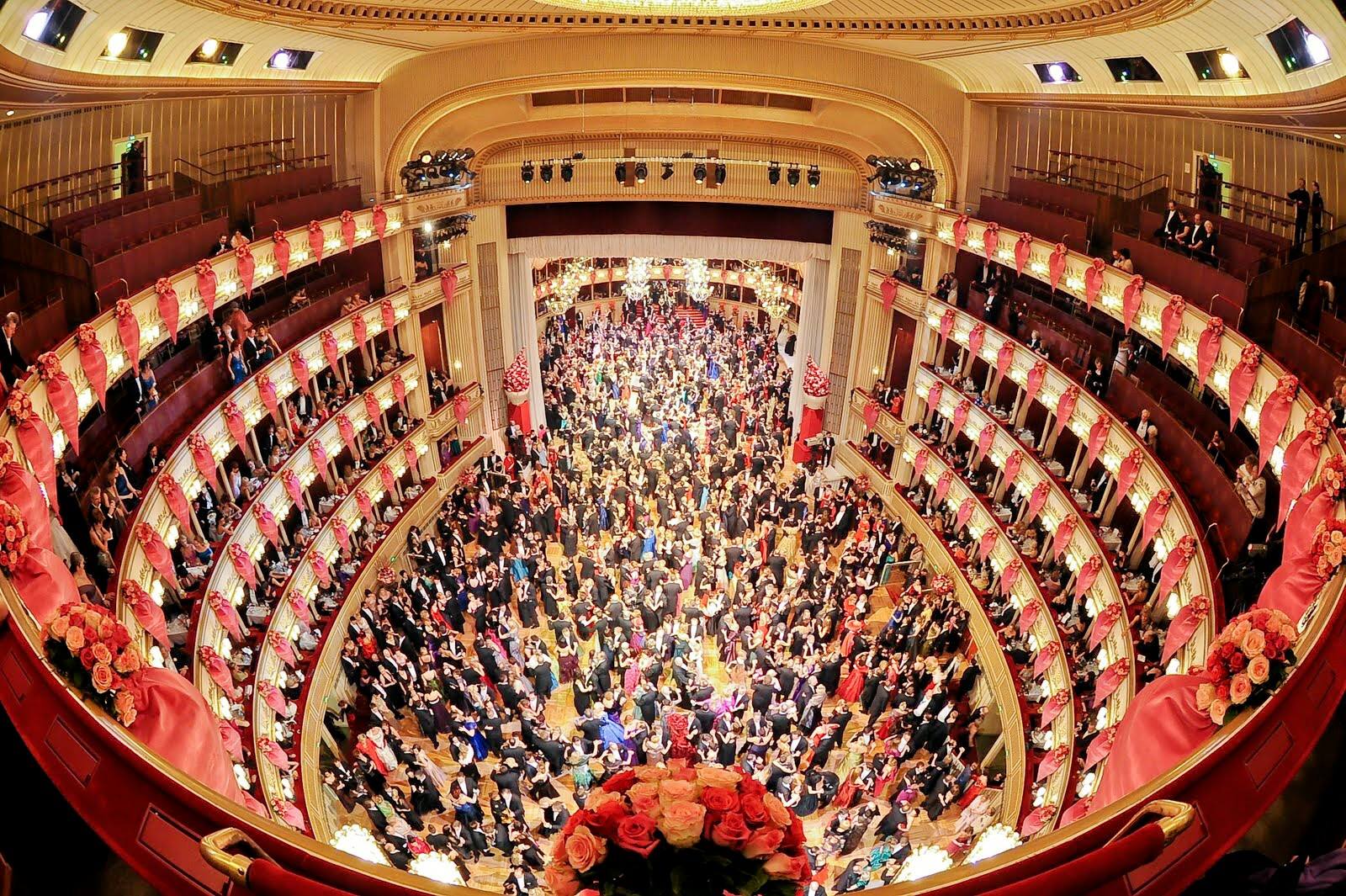
Vienna State Opera – Austria
The extravagant Opera House in Vienna opened in 1869. It was co-designed by the Austrian architects Eduard van der Nüll and August Sicard von Sicardsburg. It features neo-renaissance architecture, with occasional gothic elements like the rib vaults. It has 1709 seats, and it can host additional 567 standing guests.
- photography by © Neil Farrin
4. Teatro Colón – Buenos Aires, Argentina
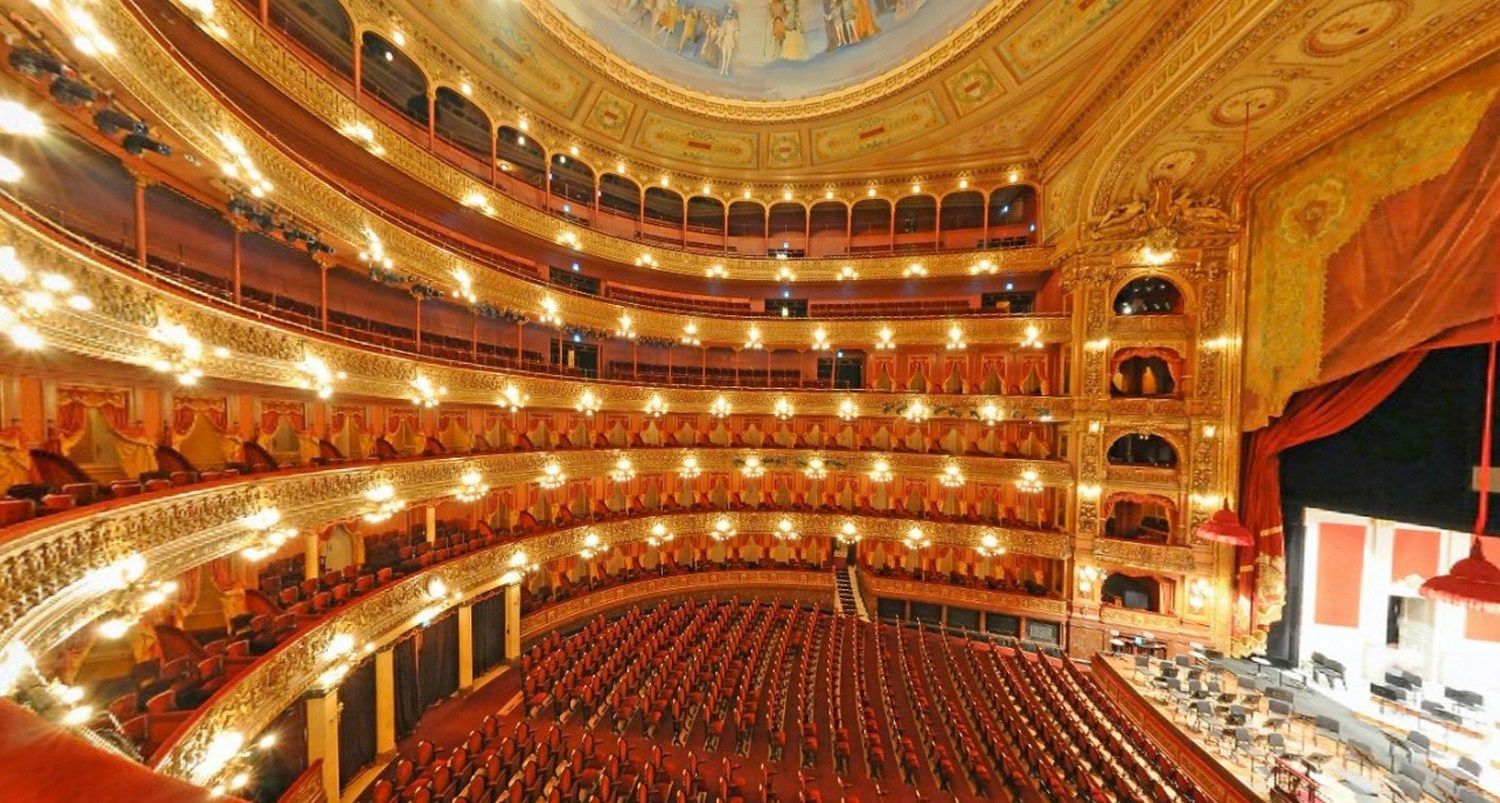
Teatro Colón, Buenos Aires, Argentina
The current Teatro Colón is an improved version of an Opera House, which was active between 1857 and 1888 and used to carry the same name. This improved version was initially designed by Francesco Tamburini, and it opened in 1908. The architectural style of the Opera House is eclectic, showing a variety between Neoclassicism and Art Nouveau, and its rich interior is no different from its European counterparts at the time.
- photography by © Rodrigo Mello Nunes
- © Teatro Colón außen
5. Hungarian State Opera House – Budapest, Hungary
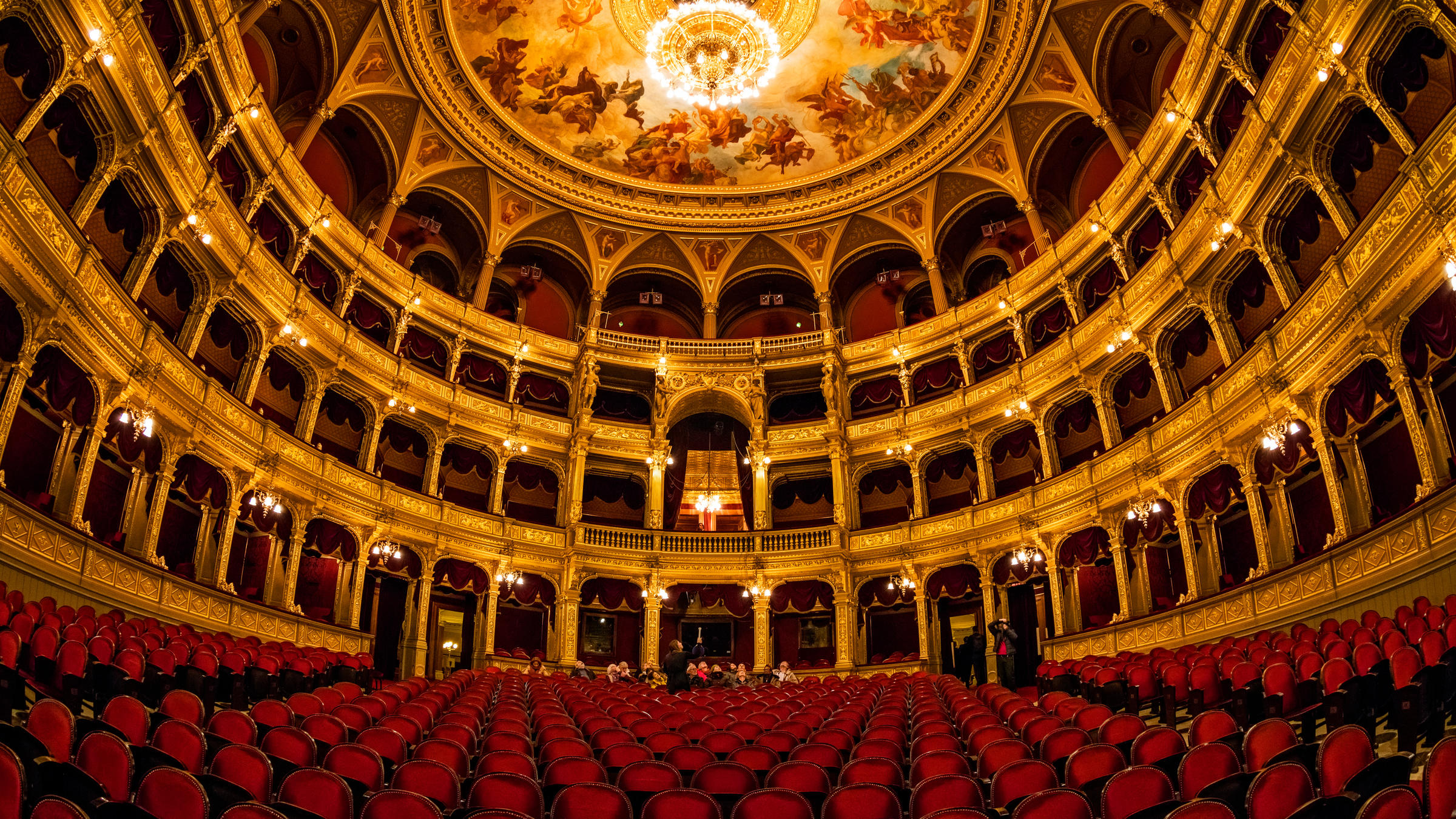
© posztos / Shutterstock
The neo-renaissance Opera House in Budapest was designed by famous 19th-century local architect Miklós Ybl. It opened in 1884, with a seating capacity of 1,300. The lavish interior features baroque elements like golden ornaments and pastel paintings on the ceilings.
6. Margravial Opera House – Bayreuth, Germany
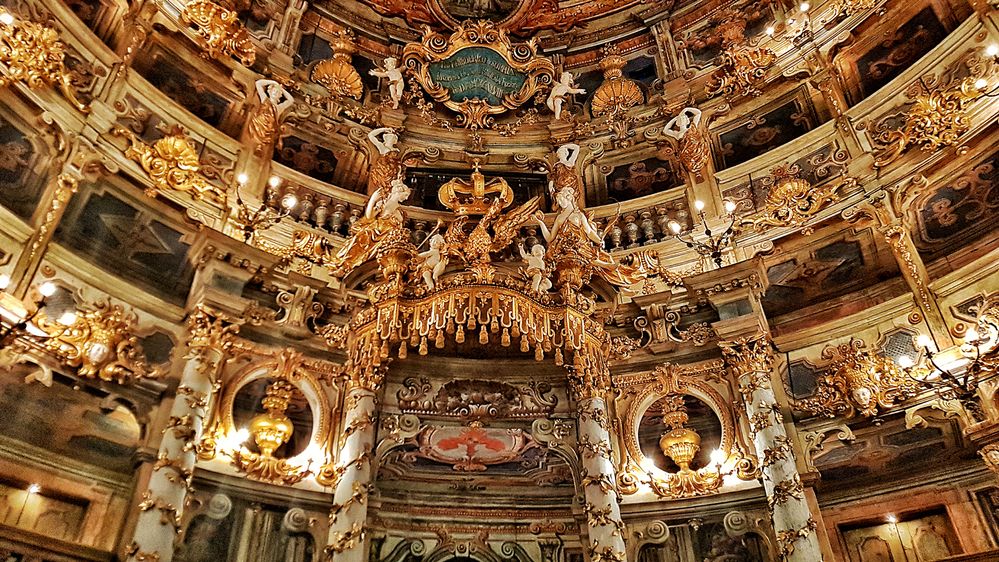
@MarichaMS
The Baroque-styled Opera House was built between 1744 and 1748. The plans of the Opera House were designed by French architect Joseph Saint-Pierre, while the exquisite late baroque interior was the work of the Italian designer Giuseppe Galli Bibiena. The Margravial Opera House is one of the very few European theaters that still exist from the 18th century, and that is why it was listed as a World Heritage Site in 2012.
- photography by © Ko Hon Chiu Vincent
- photography by © Ko Hon Chiu Vincent
- photography by © Ko Hon Chiu Vincent
- photography by © Ko Hon Chiu Vincent
- photography by © Ko Hon Chiu Vincent
- photography by © Ko Hon Chiu Vincent
- photography by © Ko Hon Chiu Vincent
- photography by © Ko Hon Chiu Vincent
- photography by © Ko Hon Chiu Vincent
7. Teatro Alla Scala – Milan, Italy
Italy’s most prestigious theater opened in 1778, with a seating capacity of 2,030. It was designed by Italian architect Giuseppe Piermarini in neoclassical style, and its interior features the grandeur of the renaissance and baroque style gilded ornaments.
8. Royal Opera House – London, England
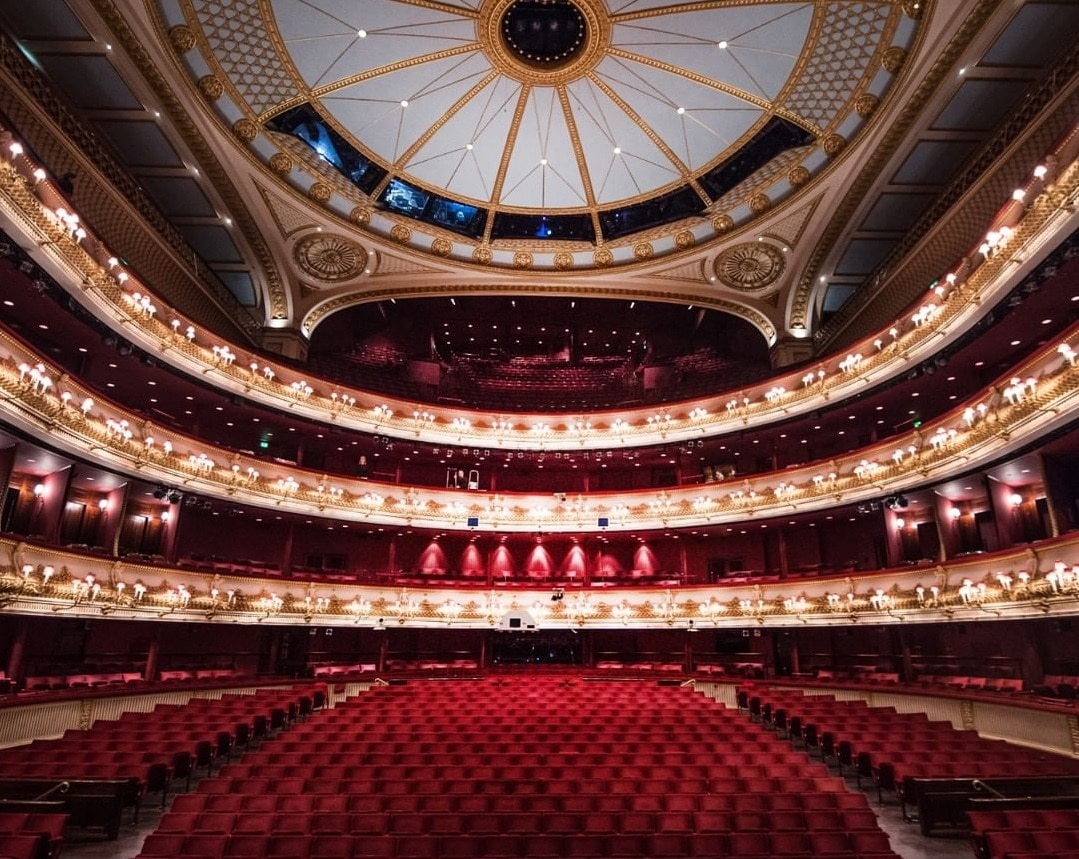
@ Royal opera house
The Royal Opera House is the third theater built on the same location in London. The first theater opened in 1732 but it was destroyed by fire. The second theater was, also, destroyed by fire in 1856. The last and still existing theater was designed by English 19th century architect Edward Middleton Barry and opened in 1858. The Opera House has been subject to many restoration works since the 1960s, but it maintained its original English baroque style.
- photography by ©Rex Butcher
- photography by ©Rex Butcher
- photography by ©Rex Butcher
9. Sydney Opera House – Sydney, Australia
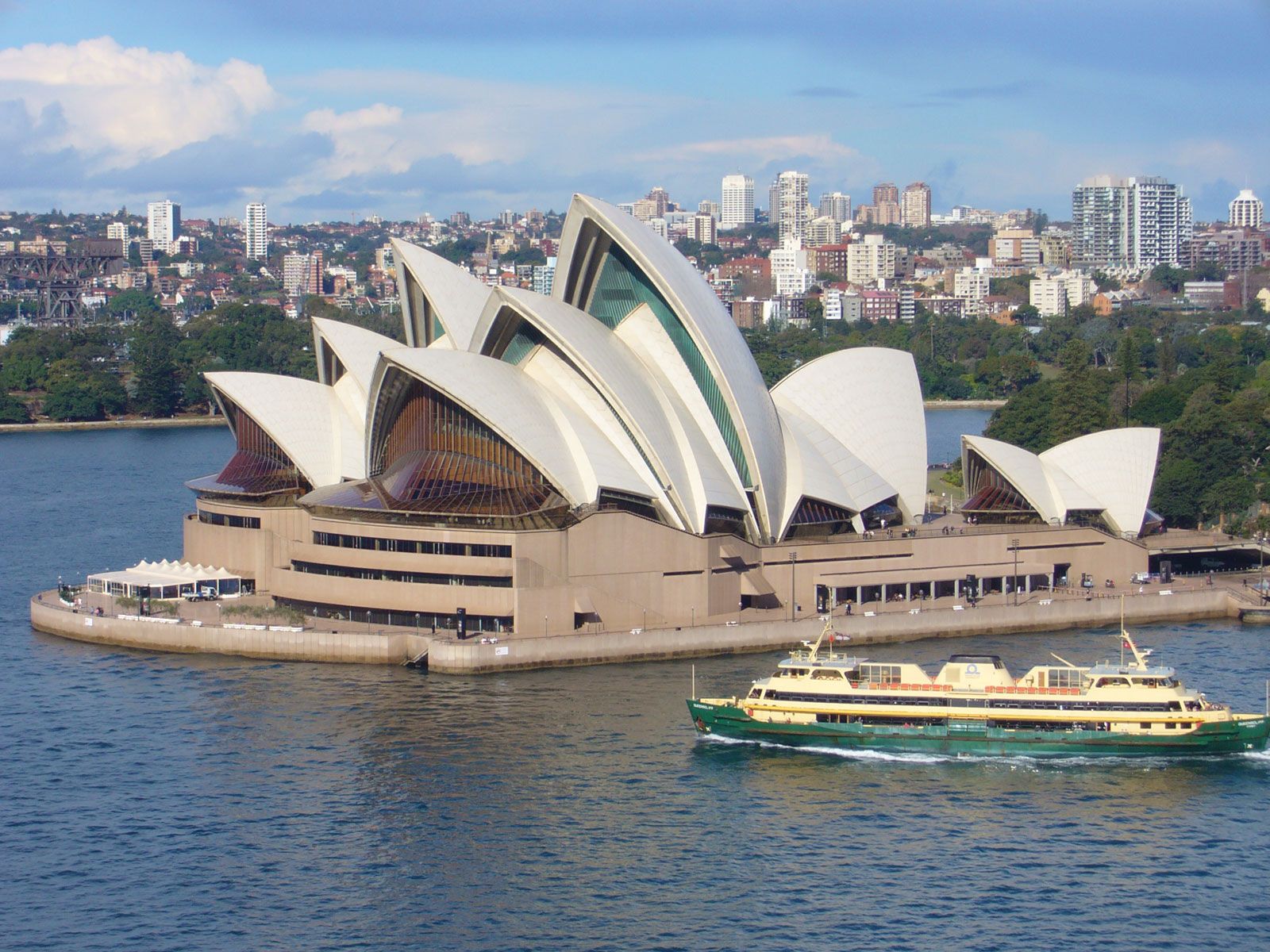
photography by © Michael Hynes
While it can be safely assumed that Sydney Opera House’s strongest point is its outstanding form which has Sydney marked forever, we can also give the interior some credit. Not lavishly ornamented or gilded but rather reflecting the spirit of its exterior form, the majorly wooden interior of the theater feels like a ship floating on the water surface. Jørn Utzon’s masterpiece opened in 1973, and it was named as a World Heritage Site in 2007.
- photography by © Michael Hynes
- photography by © Michael Hynes
- photography by © Michael Hynes
- photography by © Michael Hynes
- photography by © Michael Hynes
- photography by © Michael Hynes
10. Guangzhou Opera House – Guangzhou, China
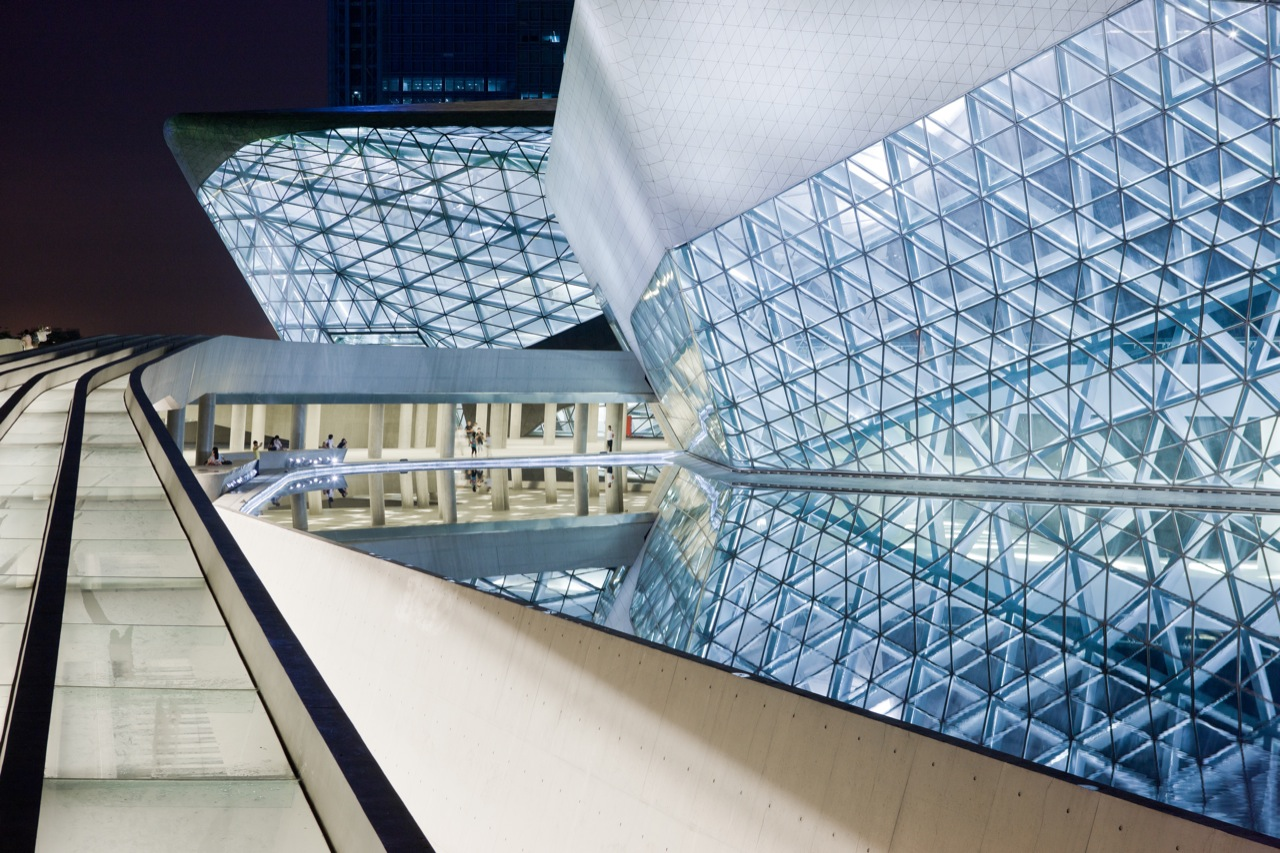
photography by © Iwan Baan
The contemporary Opera House in China was designed by Zaha Hadid in 2010. It has a 1,800-seat auditorium, and it is provided with latest technologies in the field of acoustics.
- photography by © Iwan Baan
- photography by © Iwan Baan
- photography by © Iwan Baan
- photography by © Iwan Baan


